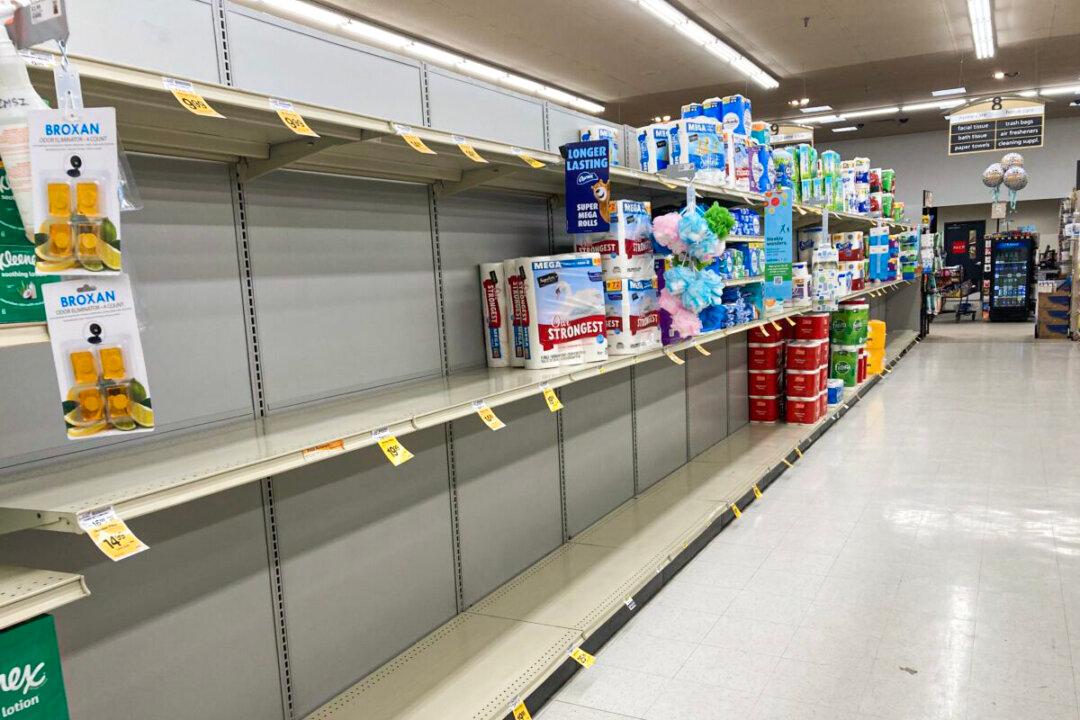Commentary
Supply chain disruptions arising from the COVID-19 lockdowns have crippled the shipment of all kinds of goods from around the world.

Supply chain disruptions arising from the COVID-19 lockdowns have crippled the shipment of all kinds of goods from around the world.